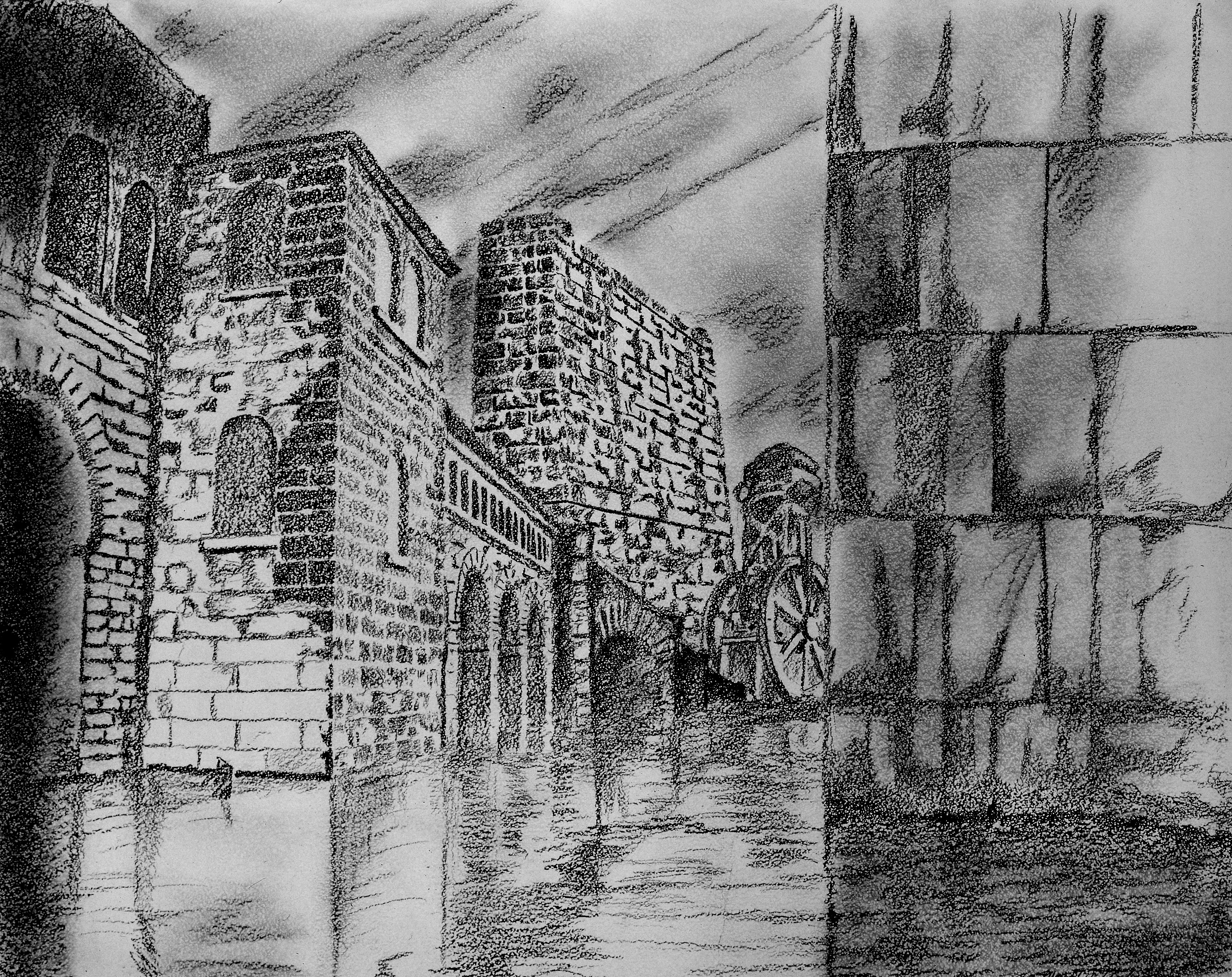By now, I’m sure, many if not most people on FaceBook have encountered the so-called BBC list of books “everyone should read” but likely haven’t. It’s an interesting meme, both for what is on it and for what is not, but also for the apparent idiocies it contains. For example, Shakespeare’s Hamlet is listed and then, separately, The Complete Works of Shakespeare. What, is Hamlet suddenly no longer part of the Complete Works? Also, the first book of C.S. Lewis’s Narnia series is listed and then—again separately—The Chronicles of Narnia.
Aside from the obvious lack of editing, this raises the number of books (or, in the case of Shakespeare, “books”) quite a bit above 100. So the question is, did the BBC actually have anything to do with it?
Well, yes and no. Here is a good explanation of both where the list came from and how memes like this get going. Note that there was a list which was then opened for voting from BBC viewers. An amended list, comprised of an amalgam of lists, ended up making the rounds via the internet and primarily on FaceBook. As these things go, this one at least has the virtue of getting people thinking about and talking about reading, which I count as a good thing.
But it does open the question about canons and reading lists and what counts as “worthwhile” reading. Part of the BBC meme is the assertion that “most people” have only read six of the listed titles. (My own score is slightly north of half—I haven’t read the Harry Potter novels, nor most of Shakespeare, and several of the more recent novels listed are not even on my radar [Dan Brown? Are they serious?] ) Going down the list caused me to look at my own shelves, wonder why I hadn’t read some of these books, and perhaps look to acquiring others.
As a list of noteworthy books it would be good for more people to have read, it has its flaws, but it’s not terrible. It did, however, get me pondering what I would include on my own such list and why. So I came up with a syllabus and posted it. To my delight, it attracted a lot of comments and may eventually become its own meme. (Is that one of the great ambitions of the modern age? To have one’s own meme?)
My list is composed of those works of fiction which, in my estimation, would act as a solid ground upon which to build an even greater reading life. These books—to me—embody eras, styles, concerns, and show a history over time of the evolution of the novel, not to mention offer what are, in my opinion, some of the richest reading experiences possible without utterly exhausting or discouraging the less than wholly committed. By that, I mean people who read but may not have read in the classics or who may not read for the highest aesthetic reasons or who have limited experience with what Harold Bloom calls Deep Reading. For this reason, I did not include works like James Joyce’s Ulysses, which I feel rests at the far end of a bell curve of difficulty. There are other novels that fit this category which, if anyone goes through the rest of the list would still be there to offer an even greater experience. I did not, for instance, include Thomas Pynchon’s Gravity’s Rainbow, which is arguably his best, certainly his most famous. I did include his V. because I felt it to be essential to that period of American literature (along with William Gaddis’s  The Recognitions). I likewise did not include Dhalgren by Samuel R. Delany for the same reasons.
My view in creating this list was to represent the best writing at its most entertaining. The challenge of “deep reading” is a different kind of pleasure. For my part, often in the past I’ve cracked a book I was simply not ready for. I read Ulysses when I was 18. I assure you, it was a ghost-like experience—there was the sense of passing through something, but what it was I could not grasp. I reread it, in a group setting, a few years ago and discovered a rewarding experience. There have been other novels with which I’ve had the same realization. Some works you have to build up to.
My choices, of course, elicited curious responses and quibbles, as all such lists will—and should.
One of the statements by which I live concerns book burning, which I consider an odious practice, just shy of genocide. A book—especially a novel—is not A Thing in the sense of other objects. A book, once engaged, is a life relived through access. Someone put an essential part of their being into the making of the book, it reflects that person’s ambitions, desires, fears, hopes, loves, passions. To destroy it is to kill them again. It is a kind of murder. Reading, to me, is not an avoidance of people, like many of my peers as I grew up tried to tell me, but an engagement with a person not present but who has left something of him or herself for me to know. Seen like that, close reading of so-called classics is an act of regeneration—indeed, resurrection. Bringing the characters to life allows the author a chance to tell what was important to him or her at that time, to have a conversation of a special sort with someone impossible to know any other way.
The writing of a story is a process of encoding the imagination, which is in many ways the distillation of who we are. When someone picks it up and reads it and experiences the imagining encoded, that distillation opens up and suffuses the reader.
I could compose a few more lists like this one, each with books that would tell a story of lives and adventures, customs and tragedies, dreams and loves, and be just as valid. The whole purpose of such lists, though, should be seen as presenting opportunities. Read these and find friends, learn about strangers, let someone live again for the space of a few hundred pages. They are gateway documents, in no way proscriptive. Just because something isn’t on such a list doesn’t mean it shouldn’t be or couldn’t be on someone else’s list, and certainly doesn’t mean it shouldn’t be read and valued. Doing this has me thinking about some of the books I still haven’t read.
Interestingly enough, I’m currently reading a novel I really ought to have read 40-plus years ago. Rite of Passage by Alexei Panshin. It’s one of those “seminal” novels we hear about, a novel that encapsulated something for its time and did what it did better than most. It’s set in a time long after the Earth has destroyed itself and concerns the life of a girl growing up aboard a starship. She is 12 years old when the story opens, two years from the Trial—a period she must survive in order to become An Adult, a rite of passage—and told from her perspective as she approaches the trial. (I’m enjoying it, which is a bit surprising, because it really is one of those novels one should read at the “proper” time of life–great for teenager, not so much for a 56 year old. Still.) I came across a brief discussion in the book of old novels, which the main character reads and enjoys—and then observes that no one writes novels anymore, as if living on a starship has somehow fulfilled the need novels once filled. This surprised me, especially coming from a writer who clearly knew what he was doing. The need for story will never pass. Even in places and times when storytelling has been suppressed and denigrated, it thrives. Because it is not the novelty of the story that matters, though this is an important feature—it is the preservation of lives and imaginations. Stories about certain Things may well pass from our interest, but story itself is as integral to being human as the need for other people.








